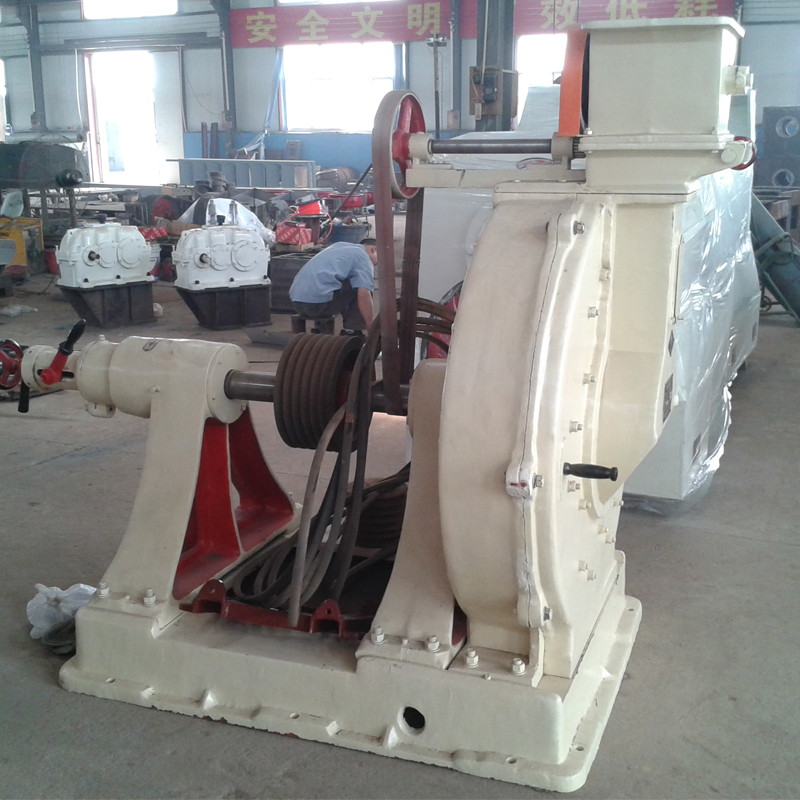Aug . 06, 2024 11:46 Back to list
Understanding the Mechanics and Efficiency of Oil Expeller Press Screw Technology for Oil Extraction
The Role of Press Screws in Oil Expellers
Oil extraction is a critical process in the edible oil industry, and one of the most efficient methods for extracting oil from various oilseeds is through the use of oil expellers. At the heart of an oil expeller lies a crucial component known as the press screw. This article will explore the function, design, and significance of the press screw in oil expellers, as well as its impact on oil extraction efficiency.
Understanding Oil Expellers
Oil expellers are mechanical devices designed to extract oil from oilseeds such as soybeans, sunflower seeds, and peanuts. The process involves applying mechanical pressure to the seeds, causing the oil to flow out. This process not only captures the oil but also retains valuable nutrients in the oilcake, which can be utilized as animal feed or in other applications.
The Function of the Press Screw
The press screw is the key element that drives the oil extraction process in an expeller. It consists of a helical screw that rotates within a cylindrical barrel. As the seeds are fed into the expeller, the rotation of the screw creates a pressing action. The design of the screw and the barrel is critical; it must generate enough pressure to rupture the cell walls of the seeds and release the oil while also allowing the residual cake to be removed efficiently.
The press screw operates through a combination of friction and compression. As the seeds are pushed along the screw's length, they are subject to increasing pressure, which eventually helps to extract the oil. The temperature within the expeller also rises due to the mechanical action, further aiding in oil extraction. This unique combination of pressure and heat makes the press screw an efficient component in oil extraction.
Design Considerations
press screw of oil expeller

The design of the press screw is essential for maximizing oil yield and efficiency. Various factors such as the screw diameter, pitch, and length influence the performance of the expeller. A well-designed screw can significantly enhance the extraction rate by optimizing the pressure and flow rate of the oil.
Moreover, materials used in the construction of the press screw also play a vital role. The screw must be made from durable materials that can withstand high temperatures and pressures. Advanced materials, such as alloy steels, are often used to enhance the longevity and performance of the screw. Additionally, surface treatments may be applied to reduce friction and improve the overall efficiency of the oil extraction process.
Impact on Oil Extraction Efficiency
The efficiency of the press screw can directly affect the economic viability of oil extraction operations. Higher oil yield translates to better profitability, making it imperative for manufacturers to focus on optimizing their press screws. In recent years, advancements in technology have led to the development of more sophisticated designs that can enhance extraction rates while minimizing energy consumption.
Furthermore, as sustainability becomes a more pressing concern, the role of the press screw in facilitating eco-friendly oil extraction processes cannot be overlooked. By improving extraction efficiency, oil expellers can reduce waste and lower the carbon footprint associated with oil extraction.
Conclusion
In conclusion, the press screw is an indispensable component of oil expellers, playing a critical role in the oil extraction process. Its design and function are pivotal in determining the efficiency and effectiveness of oil extraction. As the industry continues to advance, innovations in press screw technology will be crucial in meeting the growing demand for vegetable oils while also adhering to sustainability goals. Understanding the nuances of press screw operations not only informs better machinery design but also enhances the overall process of oil extraction, contributing to a more efficient and sustainable oil industry.
-
HP 120 Cold Oil Press - Hebei Huipin Machinery | Automated Oil Extraction&High Efficiency
NewsAug.15,2025
-
HP 120 Model Cold Oil Press - Hebei Huipin Machinery | High-Efficiency Oil Extraction & Automated Processing
NewsAug.15,2025
-
HP 120 Cold Oil Press-Hebei Huipin Machinery|Oil Extraction, Cold Press Technology
NewsAug.15,2025
-
HP 120 Model Cold Oil Press - Hebei Huipin Machinery Co., Ltd. | High Automation, Multi-Functional Compatibility
NewsAug.15,2025
-
Efficient Black Seed Oil Expeller | High Yield Oil Press Machine
NewsAug.15,2025
-
HP 120 Cold Oil Press - Hebei Huipin | Energy-Efficient, High-Quality
NewsAug.14,2025
